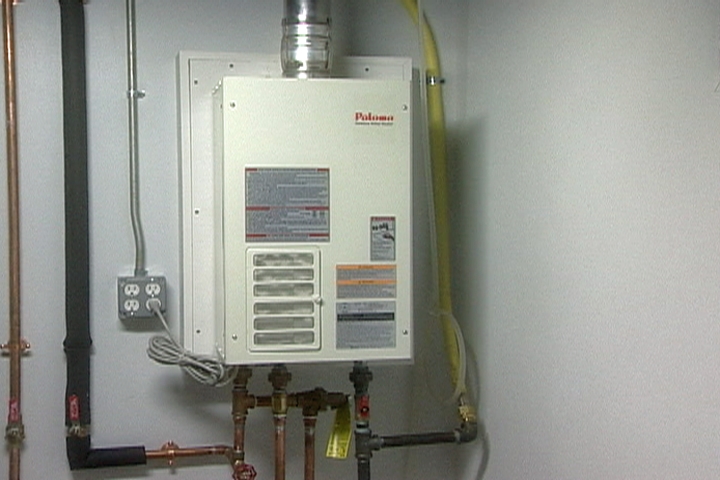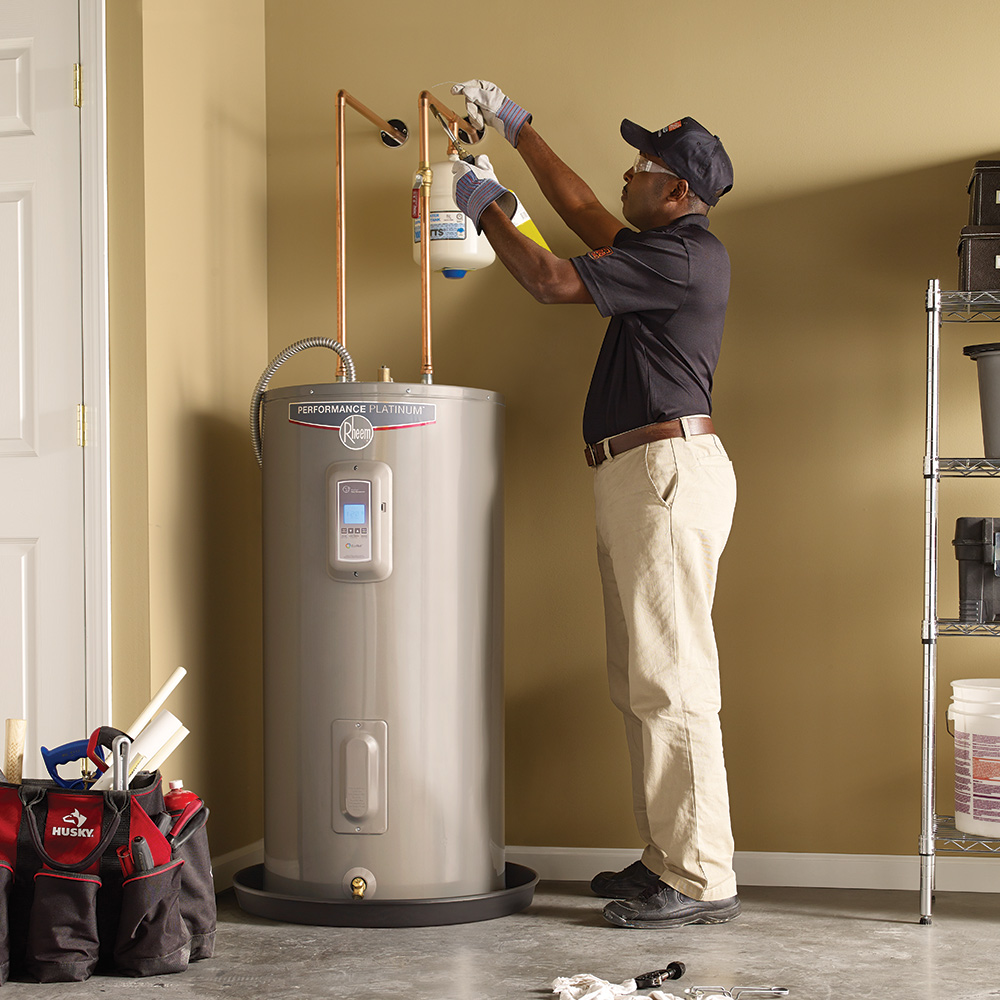Tips on How to Keep Your Home's Hot Water System Functioning WellWays to Effectively Maintain Your Home's Hot Water System
Tips on How to Keep Your Home's Hot Water System Functioning WellWays to Effectively Maintain Your Home's Hot Water System
Blog Article
They are making a number of great observations on How to Maintain Your Water Heater & Prolong its Life as a whole in the article which follows.

Warm water is crucial for day-to-day convenience, whether it's for a revitalizing shower or cleaning meals. To guarantee your warm water system runs effectively and lasts longer, routine maintenance is key. This write-up offers useful tips and understandings on just how to preserve your home's hot water system to avoid disturbances and pricey fixings.
Intro
Preserving your home's warm water system might appear overwhelming, however with a few easy actions, you can guarantee it operates smoothly for years ahead. This overview covers whatever from understanding your warm water system to DIY maintenance tips and recognizing when to call expert assistance.
Significance of Maintaining Your Warm Water System
Routine maintenance not only expands the life expectancy of your hot water system but additionally ensures it operates successfully. Ignoring maintenance can bring about reduced efficiency, higher power expenses, and even premature failing of the system.
Indications Your Hot Water System Demands Upkeep
Knowing when your warm water system requires attention can protect against significant issues. Keep an eye out for indications such as irregular water temperature, strange sounds from the heater, or rustic water.
Understanding Your Hot Water System
Prior to diving right into maintenance jobs, it's useful to recognize the fundamental components of your warm water system. Generally, this consists of the water heater itself, pipelines, anode rods, and temperature level controls.
Monthly Maintenance Tasks
Normal monthly checks can assist catch small issues prior to they escalate.
Purging the Water Heater
Purging your water heater eliminates sediment accumulation, improving effectiveness and lengthening its life.
Checking and Changing Anode Rods
Anode rods protect against corrosion inside the container. Inspecting and replacing them when worn is crucial.
Examining and Changing Temperature Level Settings
Readjusting the temperature settings makes certain optimal efficiency and safety.
DIY Tips for Upkeep
You can perform a number of upkeep jobs yourself to keep your warm water system in top condition.
Looking for Leakages
Frequently check pipes and links for leakages, as these can result in water damages and greater bills.
Checking Stress Alleviation Valves
Testing the pressure safety valve guarantees it functions properly and protects against excessive pressure build-up.
Insulating Pipes
Insulating hot water pipelines lowers heat loss and can save power.
When to Call a Specialist
While do it yourself maintenance is useful, some concerns call for professional knowledge.
Complex Problems Needing Specialist Aid
Examples include major leaks, electrical issues, or if your hot water heater is continually underperforming.
Regular Specialist Upkeep Benefits
Professional maintenance can include extensive assessments, tune-ups, and making sure conformity with safety and security criteria.
Verdict
Regular upkeep of your home's warm water system is essential for efficiency, longevity, and cost savings. By following these tips and knowing when to look for specialist aid, you can make certain a reliable supply of hot water without unexpected disturbances.
How to Maintain an Instant Hot Water Heater
Before tinkering with your hot water heater, make sure that it’s not powered on. You also have to turn off the main circuit breaker and shut off the main gas line to prevent accidents. Also turn off the water valves connected to your unit to prevent water from flowing into and out of the appliance. 2. When you’re done, you have to detach the purge valves’ caps. These look like the letter “T” and are situated on either side of the water valves. Doing so will release any pressure that has accumulated inside the valves while at the same time avoid hot water from shooting out and burning your skin. 3. When the purge valves’ caps are removed, you have to connect your hosing lines to the valves. Your unit should have come with three hoses but if it didn’t, you can purchase these things from any hardware or home repair shops. You can also get them from retail stores that sell water heating systems. Read the user’s manual and follow it to complete this task properly. When the hosing lines are connected, open the purge port’s valves. 4. You should never use harsh chemical cleaners or solutions when cleaning your unit. Make use of white vinegar instead. It should be undiluted and you’ll probably use about 2 gallons. 5. Now flush your water heater. This task should probably take about 40 minutes. We can’t give you specific directions for this because the procedure is carried out depending on the type, model and brand of your heater. With that being said, refer to the user’s manual. 6. When you’re done draining the unit, you have to turn off the purge port valves again. Remove the hosing lines that you earlier installed on each of the water valves. Put the valve caps (purge port) back in their respective places and be very careful so as not to damage the rubber discs that are found inside these caps. 7. Now that everything’s back in place, check your user’s manual again to find out how to reactivate your water heating system. 8. Once it is working, turn one of your hot water faucets on just to let air pass through the heater’s water supply pipes. Leave the tap on until water flows smoothly out of it. https://www.orrplumbing.com/blog/2014/september/how-to-maintain-an-instant-hot-water-heater/

We hope you enjoyed our piece on What Kind of Maintenance Do Water Heaters Need?. Thanks a lot for taking a few minutes to browse our content. Make sure you take the time to promote this article if you enjoyed it. I am grateful for your time. Come back soon.
Schedule Report this page